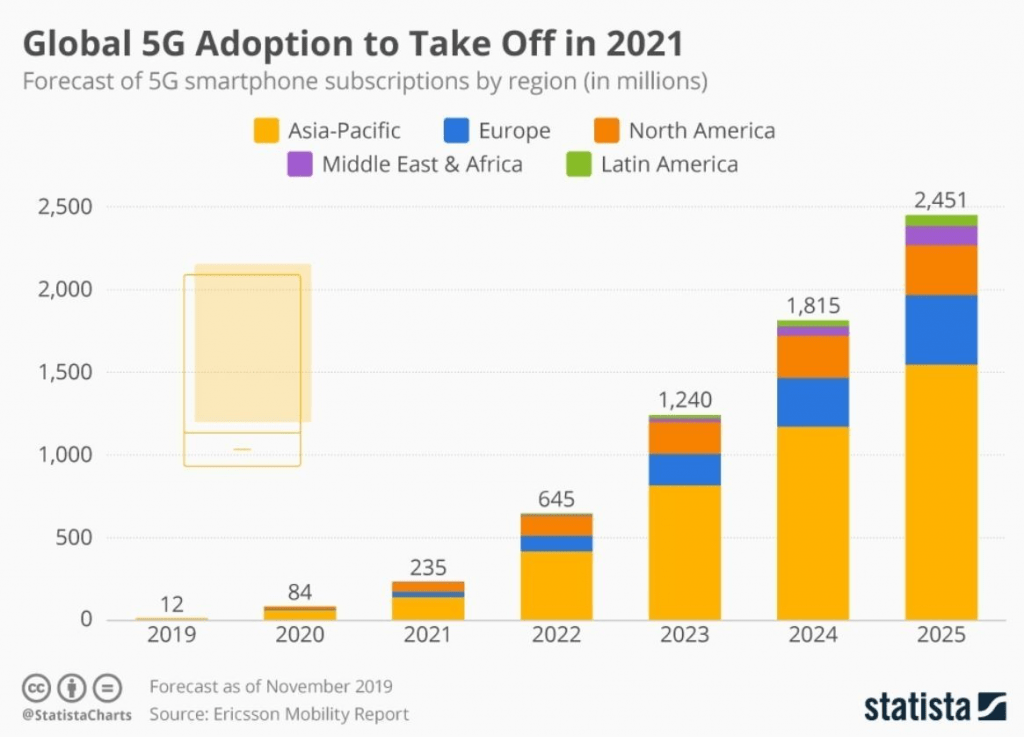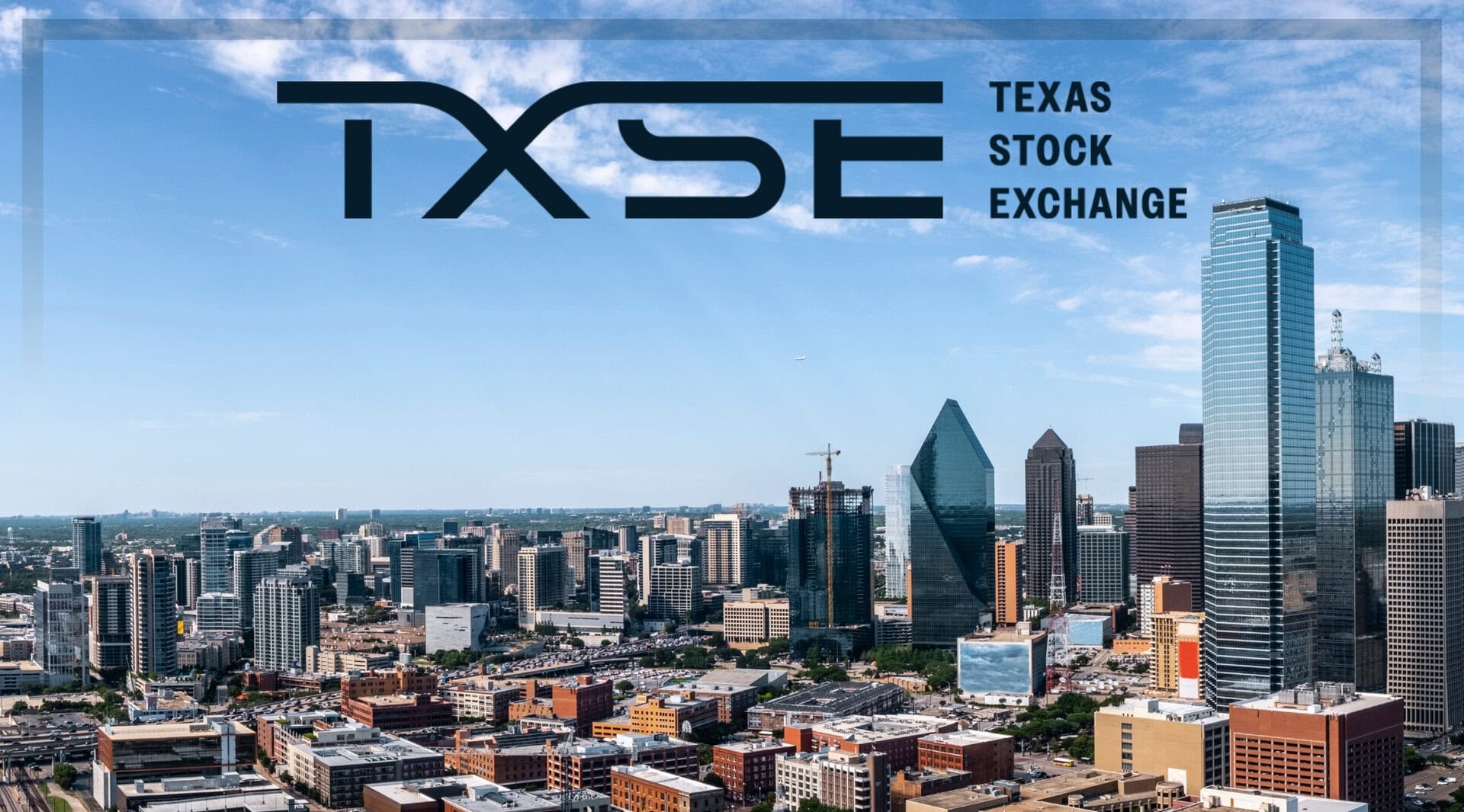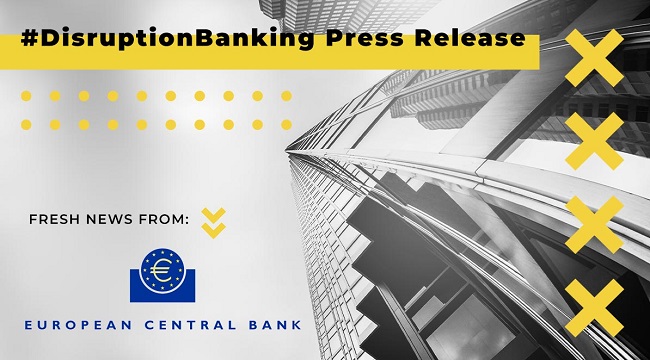We live in a world when words intended to speak to noteworthy or exceptional thoughts are so worn-out, they have been trivialized. ‘Revolutionary’ is such a word, a casualty of hyperbolic promoting that has rendered pointless a term intended to inspire significant change to reality. When everything is a ‘revolution,’ nothing is.
However, locating another option to describe 5G accurately and the boundless number of ways the most up-to-date age of remote innovation will morph our reality is difficult. Truth be told, the disruptive revolution has just started. The worldwide implementation of 5G systems got a running jump in 2019 and is set to quickly grow past anything we expected a year prior. However, people’s general comprehension of 5G hasn’t got up to the same speed.
While 3G put the portable Internet in your grasp and 4G gave us versatile broadband to it – rethinking how we communicate with our reality – 5G will interface everything and everybody. This is where the commonly cited Internet of Things (IoT) comes into true form. Think your favourite light hue coming on when your biometric imprint is detected in the room, as Bill Gates has had in his residence for a while, or a self-driving taxi lets your self-heating rice cooker know your ten minutes away.
The advances from 5G were and continue being intended to tremendously grow ‘organizing limits’ and take advantage of economies of scale; vehicles, utility frameworks, apparatuses, restorative gadgets, mechanical hardware, homes, urban areas, farms and more would be able to synchronize. What’s more, 5G will lessen delays and improve unwavering quality, in this way empowering strategic undertakings, for example, remote medical procedures, self-driving autos and upgraded open wellbeing, or simply to speed up the already extremely quick process of downloading a whole film to within a moment or two.

Quicker cell phones and the constantly-associated PCs (think cryptocurrency mining on spare CPU power) that customers are now utilizing on the underlying 5G systems are only a trace of the changes to come. While 3G and 4G innovation were intended to place the world in our grasp, 5G was and keeps on being intended to ‘remove the hand from the equation’ – from explicit actions to implicit nudges. The areas of everyday life beginning to be impacted by this next wave of ‘the revolution’ include:
PayTech: Where instead of paying for services with a password and a few clicks, customers can be scanned by their biometrics themselves. In the UK, NatWest has been taking the lead in this respect, from registering for a bank account with a selfie to logging in and making a transfer. Amazon GO is a store that has zero in-shop employees, whereby a customer has their card scanned, walks in, put everything into a bag and just walks out, after which the multiple scanners around the store let the merchant provider know what to charge- the “world’s most advanced shopping technology”.
Private systems for corporate physical spaces: This incorporates the 5G-empowered IoT with numerous gadgets, sensors, applications and versatile networks all planned for improving item quality, expanding efficiency, bringing down expenses and upgrading wellbeing in mechanical work environments. This new availability will include industrial facilities (factories) and offices away from urban communities where remoteness and physical complexity hamper the connectivity of wireless connections.
Farming: 5G innovations’ guarantees of extending and quickening availability, without lowering battery life, will be especially valuable to ranchers, and are as of now improving veterinary diagnostics, crop security, decrease of compost use and brilliant water system frameworks that save water. 5G is additionally expected to close the divergence between broadband internet access in urban areas and those in rural zones, the so-called ‘geographical digital divide’ can be bridged.
Conservation: 5G is being used to make energy and water utilization increasingly proficient, while urban areas are getting ready to utilize 5G to screen air and water quality continuously, and vehicle innovations are intended to limit long trailing traffic jams and decrease damaging emissions while also improving general road security at the same time. With the threat of climate change bringing the cost of inaction to $10 Trillion (0.25% to 1% of Australia’s GDP is set to be lost this year to fires), resource allocation efficiency is becoming a more pressing issue than ever before.
In-device machine learning and language processing (AI): One example is the means by which the blend of AI and 5G enables wearable gadgets and telephones to cooperate in manners that are sufficiently quick and savvy enough to recognize medical issues identified by a wearable piece of technology and caution the primary care physician. The extreme of this concept is Elon Musk’s Neuralink, which is looking to find the keys to “brain-machine interfaces (BMIs) hold[ing] promise for the restoration of sensory and motor function and the treatment of neurological disorder[s].”
Extended reality (XR): 5G innovation is incomprehensibly expanding the video-data transfer capacity for XR with ground-breaking computing power and negligible delays to, generally, close the gap between natural and virtual universes. Education, medicinal services, retail, the travel industry, and assembling are only a portion of the fields expected to profit from 5G. It is being used by counter-terrorism forces as it enables trainee soldiers “to see and interact with virtual terrorists and civilians within the real world”- high stakes Pokémon GO.

These models give just a fractional image of what 5G will make conceivable. Between the time I compose this and when you read it, new use cases will, presumably, be presented. This development upon development of strengthening the physical and digital world ties will probably proceed for 10 years or so until the successor to 5G is relied upon to make a big appearance.
What a great many people forget – or are too youthful to remember – about 3G and 4G is that we had no clue about what new plans of action and businesses would be made from it: the vehicle-hailing apps, streaming of motion pictures and live events instantly to and from your cell phone, and countless more examples we now take for granted. This hindsight of how previous technologies have impacted society is the reason to see potential 5G use cases as never-ending, or if nothing else just as limited as the imagination of human advancement.
















One Response